Demonstrating again the versatility of the device, researchers at the University of Illinois at Urbana-Champaign have developed a cradle and app that turns Apple's iPhone into a powerful biosensor in the vein of Star Trek's fabled tricorders.
By aligning a series of lenses and filters with the iPhone's camera, the researchers have made Apple's bestselling smartphone capable of detecting a wide range of toxins, proteins, bacteria, viruses, and other molecules. In total, the attachment contains roughly $200 worth of components, but it is comparable in power to hefty and expensive laboratory equipment, and its handheld nature makes for easy transportation, according to the University of Illinois' press release (via Engadget).
The researchers believe the device could see a wide range of uses, from mapping the spread of pathogens to providing inexpensive medical diagnostic tests in the field or contamination checks in the food processing chain.
"Smartphones are making a big impact on our society," research team leader Brian Cunningham said. "And they have really powerful computing capability and imaging. A lot of medical conditions might be monitored very inexpensively and non-invasively using mobile platforms like phones."
The biosensor leverages a photonic crystal, which is somewhat like a mirror that reflects only one wavelength of light. Biological elements attaching to the photonic crystal will cause the reflected color to shift to a longer wavelength, allowing for detection of pathogens, proteins, cells, DNA and more.
The team has already demonstrated the device in work sensing an immune system protein, but they say it can be calibrated to detect any type of biological molecule or cell type. The team is also working on tests that can detect toxins in harvested corn and soybeans.
The group received a grant from the National Science Foundation aimed at expanding the applications of their sensor. They are also working to develop tests that can monitor iron and vitamin A deficiencies in expecting mothers and children. A version of the sensor for Android phones is also said to be in the works.
Doctors and researchers around the world are much enamored of Apple's popular smartphone, and they continually find a range of applications for the device, with some going so far as to call it "the future of medicine." As the iPhone becomes increasingly popular in the field of medicine, at least, it is running up against some regulatory obstacles, as the increasing power and applicability of the handheld computer brings it into conflict with existing standards on what can be used for which medical purposes.
 AppleInsider Staff
AppleInsider Staff
-m.jpg)





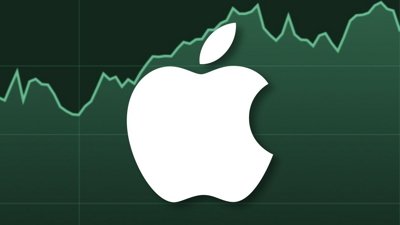
 Malcolm Owen
Malcolm Owen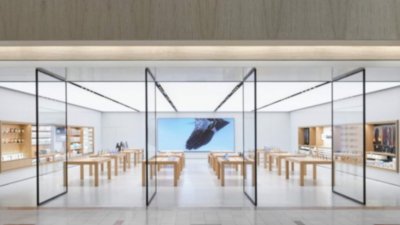
 Andrew Orr
Andrew Orr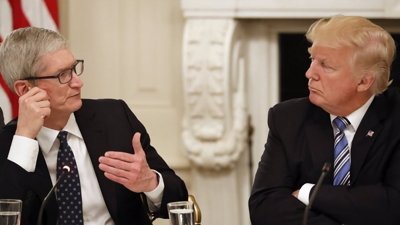
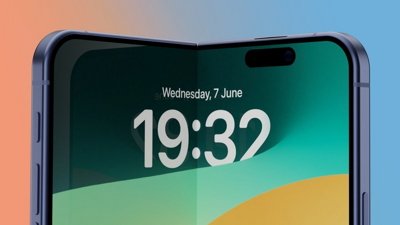
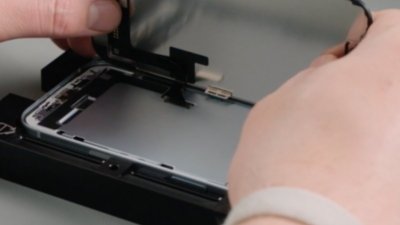
 William Gallagher
William Gallagher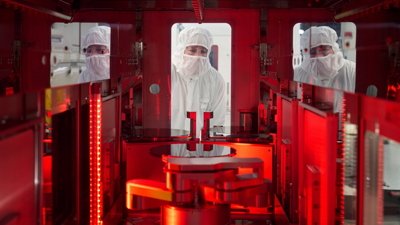
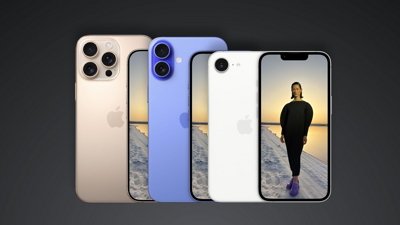

 William Gallagher and Mike Wuerthele
William Gallagher and Mike Wuerthele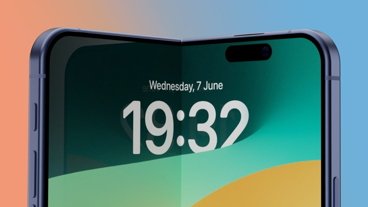
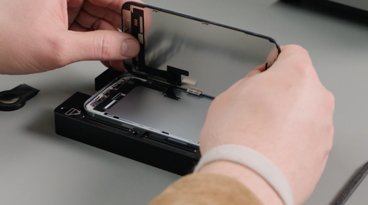
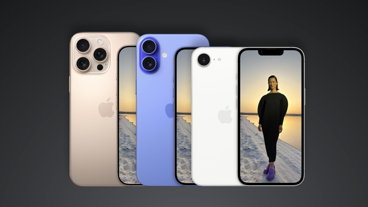
-m.jpg)






10 Comments
Gee... If only Apple were smart enough to do this with something that was always wrapped around your wrist.... Nah.
Shining a light on a sample slide it measures if the reflected light falls within certain limits to determine if there are toxins or deficiencies (apparently). Not exactly Star Trek tricorder functions, but quite impressive nonetheless.
Pffff. IDevices are toys. /s Cool stuff.
[quote name="SpamSandwich" url="/t/157701/cradle-attachment-turns-apples-iphone-into-handheld-biosensor#post_2333569"]Shining a light on a sample slide it measures if the reflected light falls within certain limits to determine if there are toxins or deficiencies (apparently). Not exactly Star Trek tricorder functions, but quite impressive nonetheless.[/quote] But the tricorders are a lot bigger though: Starfleet tricorder, 2233 [IMG ALT=""]http://forums.appleinsider.com/content/type/61/id/25630/width/350/height/700[/IMG] Starfleet tricorder, 2268 [IMG ALT=""]http://forums.appleinsider.com/content/type/61/id/25631/width/350/height/700[/IMG] A tricorder in use aboard the refit Enterprise in the 2270s [IMG ALT=""]http://forums.appleinsider.com/content/type/61/id/25632/width/350/height/700[/IMG] One tricorder option during the 2280s [IMG ALT=""]http://forums.appleinsider.com/content/type/61/id/25633/width/350/height/700[/IMG] The TR-560 in 2365 [IMG ALT=""]http://forums.appleinsider.com/content/type/61/id/25634/width/350/height/700[/IMG] The TR-580 in 2370 [IMG ALT=""]http://forums.appleinsider.com/content/type/61/id/25635/width/350/height/700[/IMG] Data with a TR-580 he nicknamed Mr. Tricorder [IMG ALT=""]http://forums.appleinsider.com/content/type/61/id/25636/width/350/height/700[/IMG] A red tricorder in 2371 [IMG ALT=""]http://forums.appleinsider.com/content/type/61/id/25637/width/350/height/700[/IMG] Medical TR-580 in 2369 [IMG ALT=""]http://forums.appleinsider.com/content/type/61/id/25638/width/350/height/700[/IMG] The TR-590 Tricorder X [IMG ALT=""]http://forums.appleinsider.com/content/type/61/id/25639/width/350/height/700[/IMG] The darker cased TR-590 tricorder in 2378 [IMG ALT=""]http://forums.appleinsider.com/content/type/61/id/25640/width/350/height/700[/IMG] TR-590 medical tricorder in 2378 [IMG ALT=""]http://forums.appleinsider.com/content/type/61/id/25641/width/350/height/700[/IMG] The Starfleet tricorder in 2379 [IMG ALT=""]http://forums.appleinsider.com/content/type/61/id/25642/width/350/height/700[/IMG]
Good use of the phone's camera.